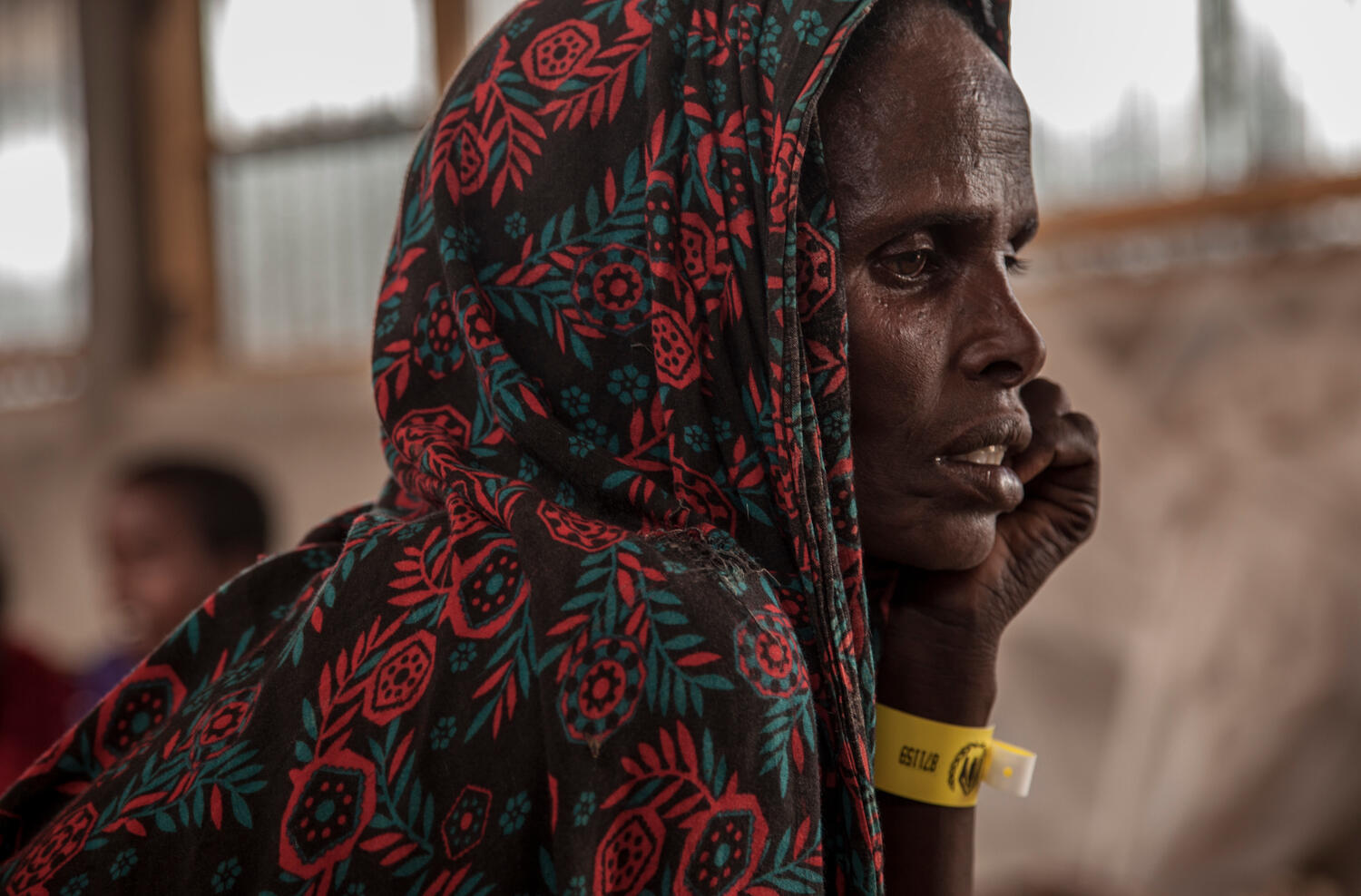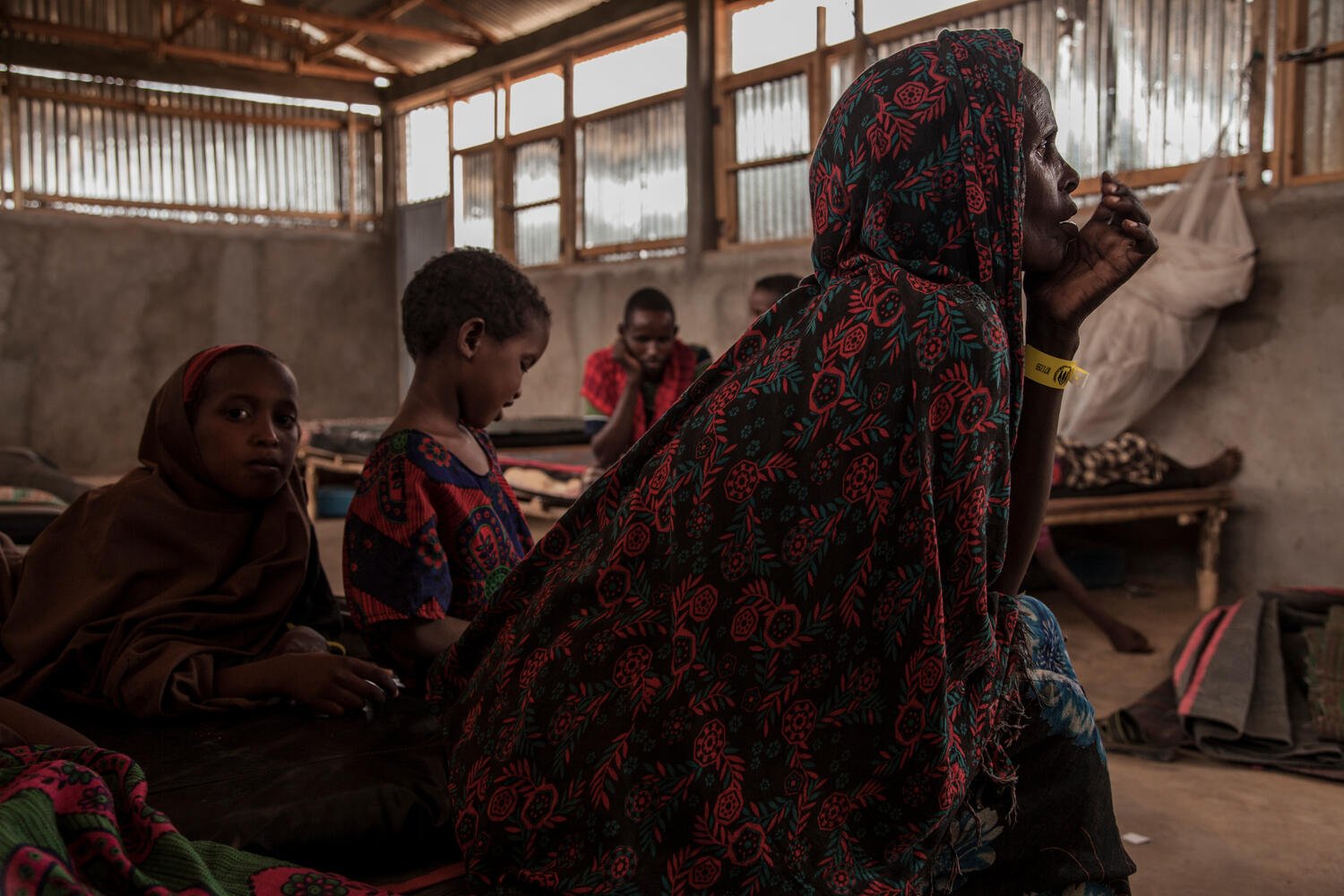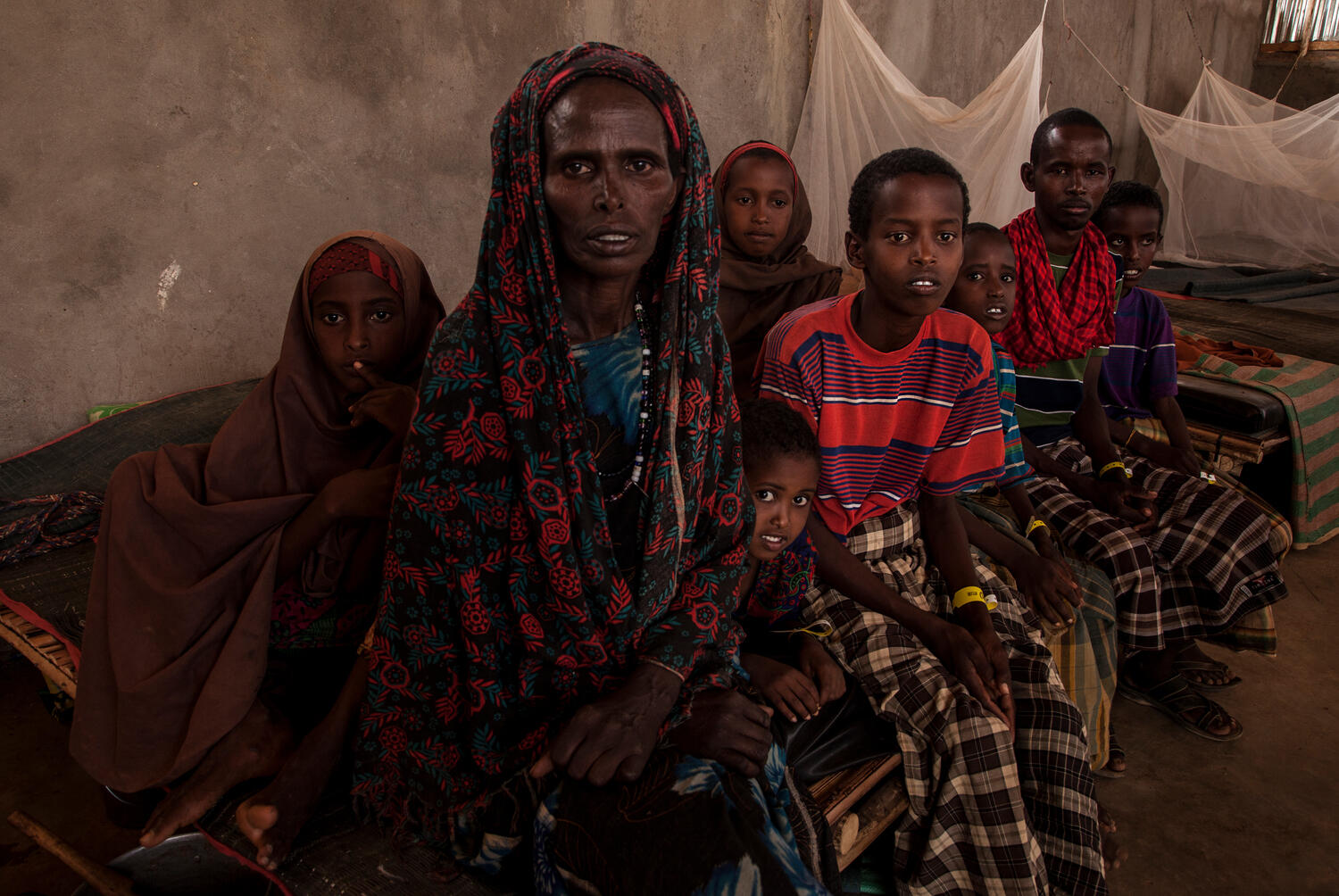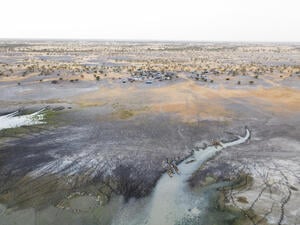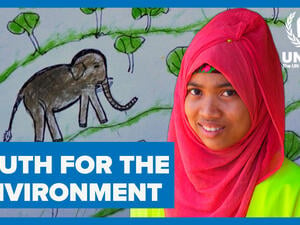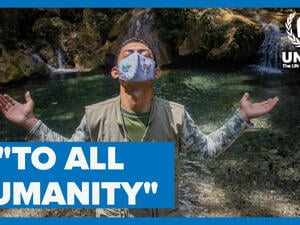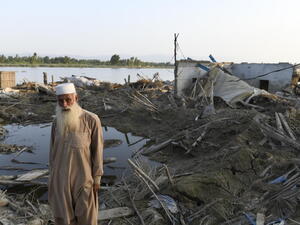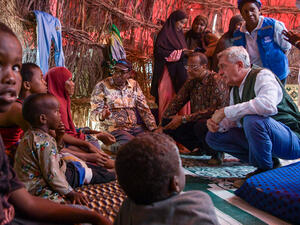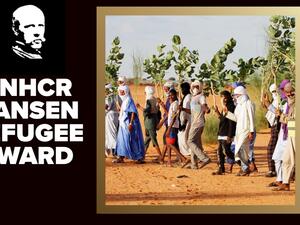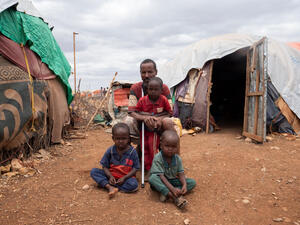Hungry and desperate, thousands of Somalis trek to Ethiopia
Hungry and desperate, thousands of Somalis trek to Ethiopia

Ali Said and his family fled Somalia because of drought and continuing insecurity.
DOLLO ADO, Ethiopia – Hungry and exhausted, Aisha Yussuf Abdi, 40, and her seven young children finally reached Ethiopia at the end of a desperate three-day trek over the border from Somalia.
“We walked and slept on the road,” she says, her eyes flitting nervously as she recalls the journey. “I had to leave my husband and parents behind for my children to have a fighting chance to survive.”
Aisha is amongst some 4,300 Somali refugees who have fled Al Shabab violence and a worsening drought for Ethiopia this year – a growing number of them reaching safety pinched and gaunt through lack of food.
“We walked and slept on the road."
“People are arriving hungry. A significant number of the children and mothers are malnourished,” says Sandra Harlass, a senior health officer in Ethiopia for UNHCR, the UN Refugee Agency.
At the Dollo Ado reception centre, refugees are registered and screened for medical problems. Nearly three-quarters of the children under five arriving are malnourished. “It’s a very fragile situation which needs urgent attention to save lives,” says Harlass.
Already in the grip of instability and resurgent violence, Somalia is experiencing its worst drought in seven years. The vast majority of those fleeing come from the regions of Bay, Gedo and Middle Juba, where most families raise livestock or make their living from tilling the land.
“We had our farm, our cows and food on our table. But you could feel the drought coming,” Aisha says. The family tried in vain to keep their farm in production, but when their efforts failed, she knew it was time to leave. “All of our cows, everything, died before our eyes. We are hungry and we are looking for food,” she adds.
The feeling of hunger and desperation is common among new arrivals. Father of eight Ali Said, 31, and his family fled because of both drought and continuing insecurity. “The drought is very bad, and some of the areas are inaccessible,” says Ali, as he gently calms one of his sons.
His farm ran dry and his animals died in a matter of weeks. “Even in those conditions, you cannot get any help because Al Shabab is there,” he says.
While some flee, most Somalis are seeking relief inside of the country. In the last four months, some 256,700 Somalis have been internally displaced because of the drought. UNHCR and other humanitarian partners are racing to try to stop the situation from deteriorating into the devastating famine conditions experienced in 2011, in which 250,000 Somalis died and hundreds of thousands more crossed borders.
Somalia is the fourth-largest refugee crisis in the world. More than 1.4 million Somalis are living in exile, many for decades. The majority are hosted by countries in the region. Ethiopia alone hosts over 245,000 Somali refugees. With the emergence of another potential crisis in Somalia, regional leaders are calling for a more comprehensive international response for Somali refugees.
“The international community must adopt a new way of responding to these crisis, first tackling the urgent needs whilst investing in developing opportunities for refugees to provide for themselves and also to contribute positively to the development of the hosting population,” says Surrya Riaz, a UNHCR protection officer in Melkadida.
"We are hungry and we are looking for food."
On March 25, the member states of the Intergovernmental Authority on Development, or IGAD, met with the international community and other stakeholders at a summit in Nairobi, Kenya. The aim was to lead a comprehensive regional approach to facilitate durable solutions for Somali refugees and strengthen the protection environment in host countries.
In addition, the Summit sought to come up with an effective response to the current drought affecting an estimated 1.1 million people displaced within Somalia, and over 1 million Somali refugees in the region.
With the drought now spreading into Ethiopia’s southern Somali region, hosting over 245,000 Somali refugees today, urgent funding is needed to deliver immediate aid, save lives and boost development. “The situation in Somalia is not good,” says Aisha, who is hoping for peace so that she can return home. “All I want is a better life for my children so that they go to school. But our life is there. Inshallah, we can one day return home.”


